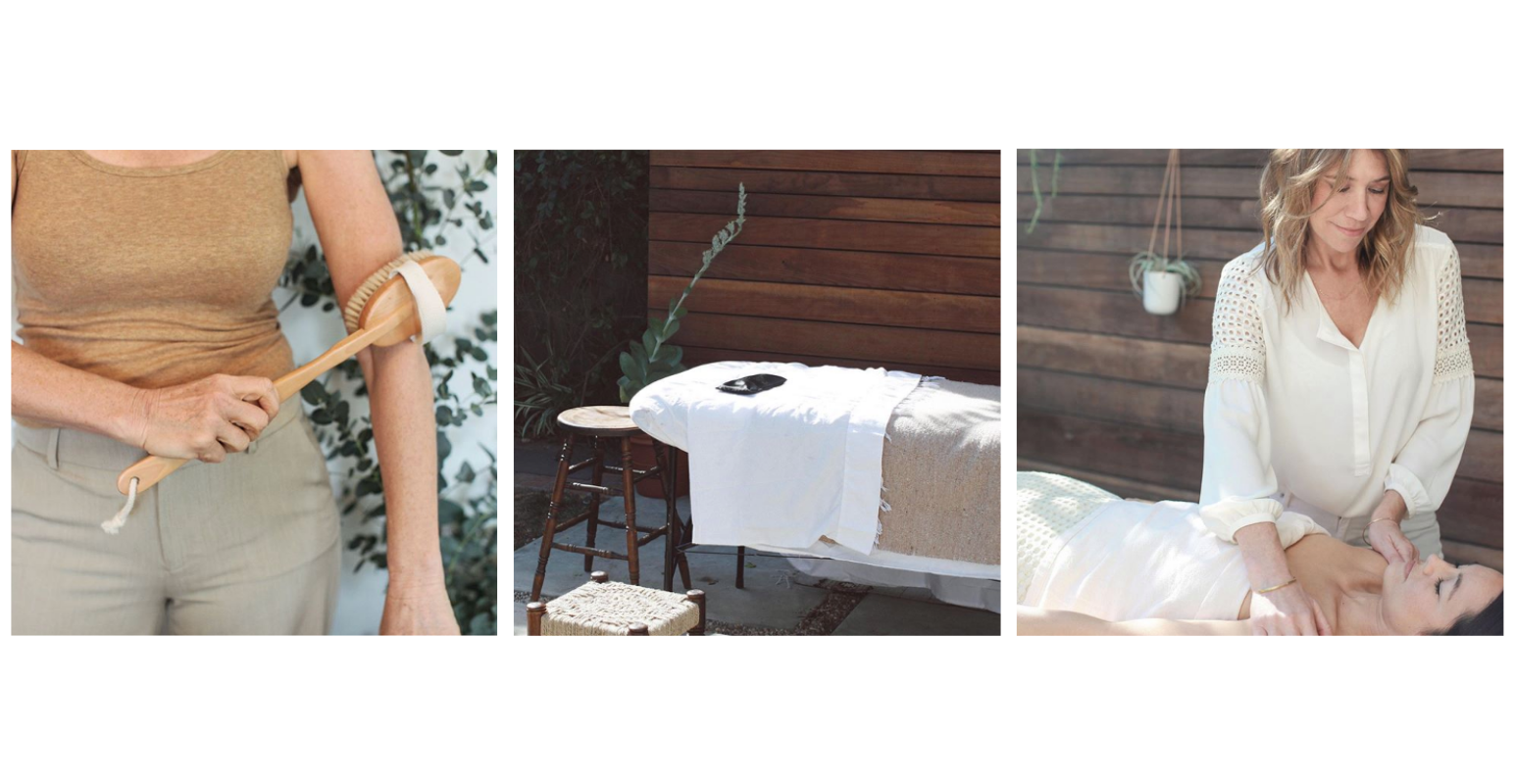
The two dates that changed Oolong’s life forever were 24 May 1999 and 8 August 2001. Born in 1994, Oolong had a relatively quiet existence for the first five years of his life. This was mostly because he was a rabbit, but partly because his owner – Hironori Akutagawa – hadn’t yet thought to balance any objects on his head.
24 May 1999 is the day Hironori balanced a film canister on his domestic rabbit’s head. After that, he didn’t stop. In the following years, Hironori balanced and then photographed a number of objects atop of Oolong – including a teapot, a keychain, toilet paper, and a CD (although, not all at once). These “head performances”, as Hironori called them, at first only attracted a modest number of visitors to his personal site. But then: Oolong was discovered.
“I never imagined the global response that came. I did not promote to anything, and made the website for several acquaintances,” Hironori tells me now, 16 years after Oolong first went viral on 8 August 2001. How did it feel? “I realised the greatness of the internet. I just felt stunned.”
Though Hironori balanced many objects on Oolong’s head over the years, there was one in particular that caught the internet’s eye. A picture of Oolong with a dorayaki (red-bean pancake) on his head was one of the early noughties’ most popular memes. Known as “Pancake Bunny” or “Bunny Wafflehead”, the image was turned into a meme via an absurdist and pithy caption. “I have no idea what you’re talking about, so here’s a bunny with a pancake on its head.”

In many ways, Pancake Bunny was a precursor to some of the internet’s more abstract memes. The image was initially used on message boards to derail conversations or reply to posters who had acted idiotically. Remarkably, a Twitter search proves that many people still use it to this day. But just why did Hironori balance stuff on Oolong’s head in the first place? As he only speaks some English and I don’t speak any Japanese, our interview took place over email with the help of Google Translate.
I keep trying to come up with a witty response and I’m stuck so here’s a bunny with a pancake on its head. pic.twitter.com/D2TvE5CqIu
— Andrew Bryzgornia (@BryzTwinkieTown) November 23, 2017
“It is comfortable to take a little weight,” explains Hironori, who says Oolong looked both pleased and cute when objects were placed on his head. “I noticed that he sat still when I put something like sweets on, so I started photographing it.” Recently in Japan, photos of cats with various things on their head have become exceedingly popular. “My idea was long before,” Hironori says.
As this all took place in the early days of internet memes, Hironori says he did not make any money from his website. In January 2009, a 136-page photography book was published in the Netherlands, featuring every picture of Oolong ever taken, but Hironori gave his permission to publisher and recieved no fee for this. Many modern internet animals generate extreme amounts of money – Doug the Pug is worth half a million dollars, for example, while Grumpy Cat has made its owner an eye-watering £64m. Despite not directly earning any money from Oolong, however, going viral gave Hironori exposure for his work as a photographer, allowing him to do exhibitions, sell postcards, and go on business trips.
Yet when I ask, overall, if Hironori is happy about his internet fame, he replies: “I do not think that I am completely glad that I have been used as a meme.”
In 2001, the emails started. Some visitors to Hironori’s site had begun complaining that he was being cruel to Oolong, going as far to say he was abusing his pet. “This was never my intention when I included numerous links to photographs, showing Oolong’s unique ability to hold objects on his head. This is not a site to mock rabbits, or demonstrate animal abuse,” Hironori wrote at the time.
When I ask about this now, Hironori calls these critics “ignorant” and “arrogant”, saying one individual even sent him a threatening letter. “I ignored them all and threw it away,” he says, “In most cases, the response from overseas was favourable.” Overall, it seems that Hironori valued anyone who loved and respected Oolong, but had trouble with meme-makers who seemingly mocked the pet.

Oolong is now buried under a pine tree near to Hironori’s house. The oldest rabbit in the world was aged 14, and Oolong died in 2003, aged a respectable 8 years old. “It seemed to be a problem of the heart, he suddenly became sick and it flew by in a flash. It was sad,” says Hironori. He marked the grave with a carrot shaped like a pair of bunny ears.
Unlike many of the memes I have interviewed, Hironori has no desire for further viral fame. He currently has a female rabbit, Bekomochi, but does not have any plans to make her go viral. “I think that Oolong’s talent is still special, so I do not feel like trying to share the subsequent rabbits with the world by setting up a site,” he says.
“Living the Meme” is a series of articles exploring what happens to people after they go viral. Check out the previous articles here.
To suggest an interviewee for Living the Meme, contact Amelia on Twitter.






